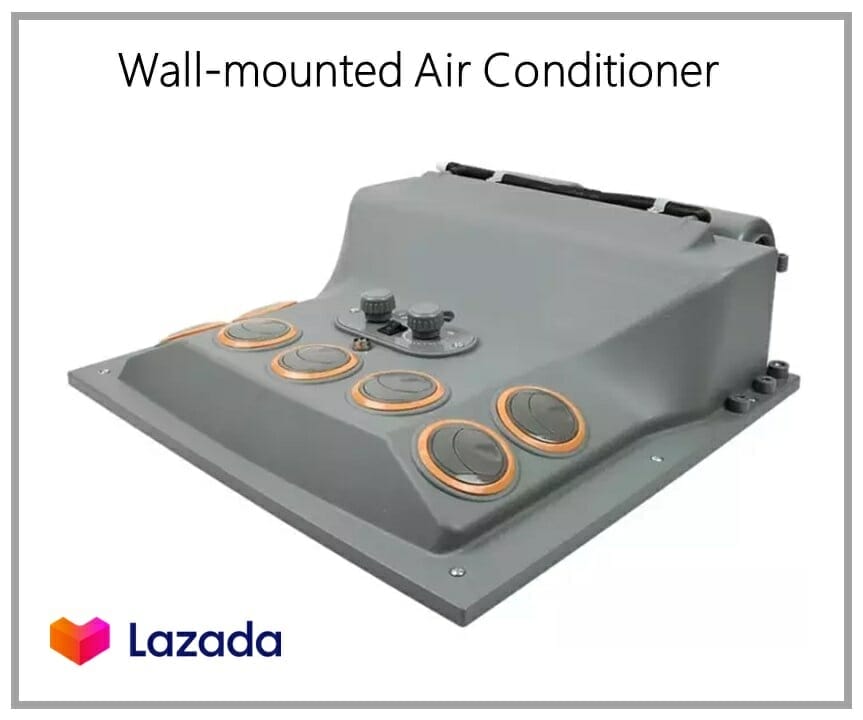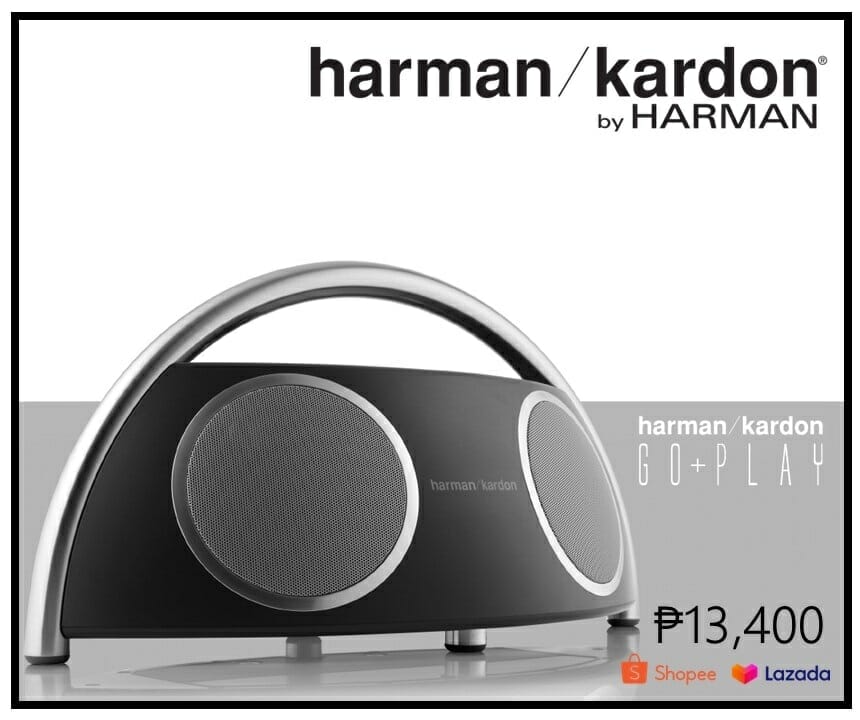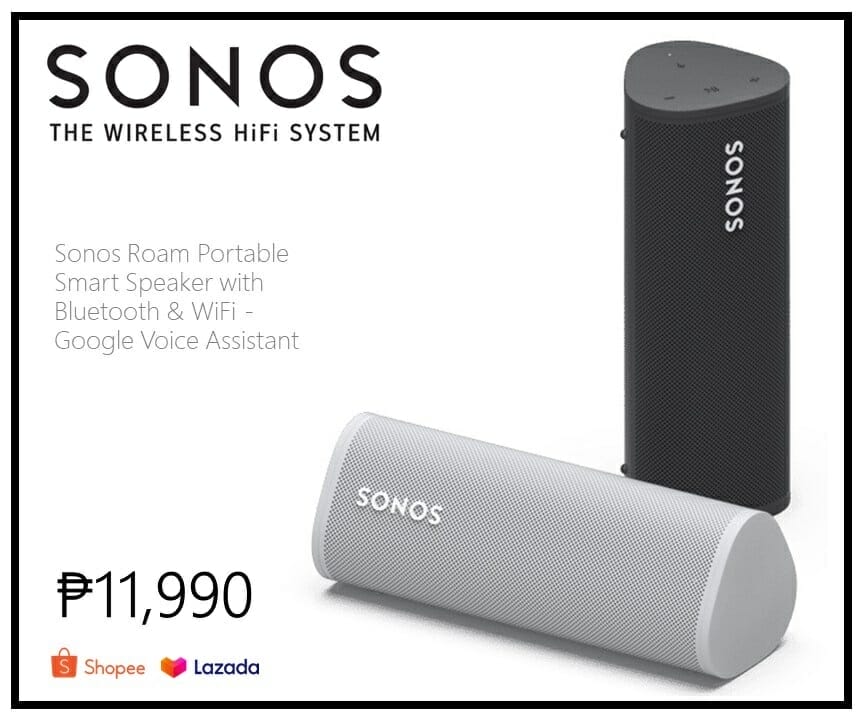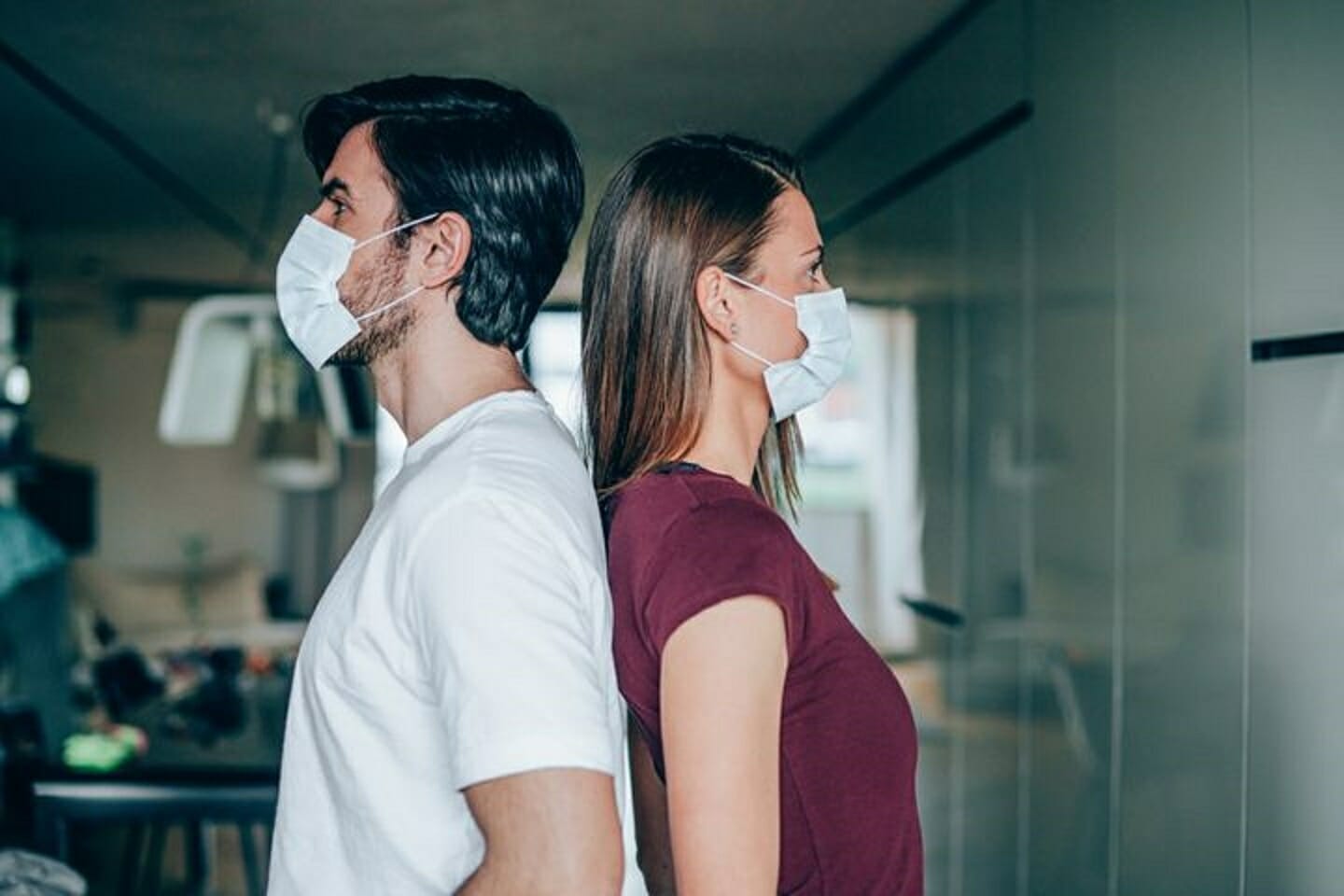HVAC Healthy Buildings
Like it or not, humans have become an indoor species, so HVAC Healthy Buildings have a major impact on our health. That’s why the Healthy Building Movement is gaining momentum, say John Macomber from Harvard Business School and and Joseph Allen from Harvard University.
Will you ever again step onto a crowded elevator without hesitation? Reach for a doorknob without concern (or gloves)?
Easing social distancing restrictions might reopen businesses, but as long as memories of COVID-19 lockdowns are still fresh in people’s minds, the experience of being inside an office building most likely will not return to “normal.”
Even before the pandemic struck, there were plenty of reasons to be concerned about air quality and ventilation in the buildings where we live and work. After all, healthier indoor environments don’t just keep us from getting sick—they also enhance cognitive performance.
“OFFICES WITH THE PREMIER HEALTH STORY WILL GET THE PREMIUM RENT AND GET THE TENANTS, AND THE OFFICES WITH A LAGGING HEALTH STORY WILL LAG.”
To convey to managers the benefits of the healthy building movement, John D. Macomber, a senior lecturer at Harvard Business School, recently wrote a book about it: Healthy Buildings: How Indoor Spaces Drive Performance and Productivity, to be published April 21.
Although facilities managers might think they’re saving a few dollars on electricity and air filters, “There’s just no reason anymore to economize on airflow and filtration,” Macomber says. “That just doesn’t make any sense. It’s a cheap way to help people be healthier.”
Together with co-author Joseph G. Allen, a professor at Harvard’s T.H. Chan School of Public Health, Macomber explores “nine foundations for a healthy building” and studies how simple tweaks to increase air flow and quality can have dramatic effects on workers.

But the economic benefits don’t stop there. Macomber expects that a growing public focus on health measures will drive major changes across a variety of industries, but especially in travel and hospitality. Increasingly, Macomber postulates, savvy business leaders and landlords will begin to leverage healthier indoor spaces as recruitment tools and sources of competitive advantage. Anxieties over COVID-19 are likely to accelerate these trends, he says.
“I think awareness is heightened, and in this economy there’ll be a drop in demand for space, both for apartments and offices,” he says. “With those two things together, I think that the offices with the premier health story will get the premium rent and get the tenants, and the offices with a lagging health story will lag.”
Many elite companies already use their building’s efficiency or grandeur to send a signal to customers and workforce talent. As a result of the global pandemic, Macomber expects an emphasis on indoor air quality and other healthy building measures will diffuse through the rest of the economy.
As the country begins to return to work, concerns about the spread of infectious disease will “make it easier than ever to invest in the basics of a healthy building, notably around ventilation, air quality, water, moisture, and security,” says Macomber. “Those aren’t expensive to begin with. So, I think those will propagate through pretty quickly, and they’ll be must-haves, because the cost is not relatively very high, and the benefit is extremely high.”

As anyone who has ever felt sleepy on a stuffy airplane can attest, poor ventilation impedes cognition. “Casinos figured this out a long time ago, pumping in extra air and keeping the temperature cool to keep you awake at the gaming tables and slot machines longer,” Allen and Macomber write.
But through scientific, double-blind studies of workers in offices with various levels of air quality and flow, in which the workers were compared with themselves to gauge differences in personal performance, the authors of Healthy Buildings can quantify these effects.
Across all nine dimensions of cognitive function, which include things like “strategy,” “focused activity level,” and “crisis response,” performance was dramatically improved when study subjects worked in the optimal conditions (with high rates of ventilation and low concentrations of carbon dioxide and other harsh compounds).
“Think about that for one second—simply increasing the amount of air brought into an office, something nearly every office can easily do, had a quantifiable benefit to higher-order cognitive function in knowledge workers,” Macomber and Allen write.
Macomber is careful, though, not to make the leap from enhanced performance to increased productivity, because productivity involves so many different factors.

Among the nine foundations for a healthy building (see graphic) is “security,” a term the authors expect will take on a broader meaning in a post-pandemic world. Building security will involve monitoring not just who enters and what they are physically carrying, but also what they might be carrying internally. In addition to metal detectors, infrared scanners at building entrances will take visitors’ temperatures, to help prevent the spread of viruses and other pathogens, similar to technology already in place at some airports.
As people begin to internalize the collective nature of public health, sharing of personal health and air quality metrics—using wearables and smartphones—could lead to new applications that provide real-time information about the conditions inside buildings. Imagine an app that does for public health what WAZE has done for traffic congestion, Macomber says.
“There is going to be substantially more awareness and interest on the part of the public, in terms of the quality of the spaces that they’re occupying, and they’ll be selective about their airplanes and about their cruise ships,” he predicts. “And pretty quickly they’ll be selective about their apartments and their offices as well, and they’ll share that information with other people.”
Book Excerpt
Healthy Buildings: How Indoor Spaces Drive Performance and Productivity
By John Macomber and Joseph Allen
Giving Your Building a Regular Checkup
if you want to be sure your mechanical system is operating in a way that protects your health, the single best recommendation we can give you is to commission your mechanical system. Our commissioning recommendation is straightforward, but if you’re not familiar with commissioning, it’s worth your time getting up to speed quickly.
Want to buy this book? Click here or buy at Amazon https://www.amazon.com/Healthy-Buildings-Indoor-Performance-Productivity/dp/0674237978
Commissioning is the process by which you make sure your building is performing the way it was designed to. (Or for new buildings, it’s the process by which you verify you are getting the building you paid for.) This recommendation for continuous commissioning stems from years of observations by John during his building projects, by Joe during his forensic investigations, and by nearly everyone who knows anything about buildings. Buildings don’t always perform as designed (actually, they never do), and they change over time. Commissioning is like going to the doctor for an annual checkup. It helps you catch things early, before your building ends up in the emergency room, where you’ll spend 10 times as much fixing the problem. With the advent of new sensor technologies, it’s also possible to do continuous commissioning, thus ensuring that the building systems are performing optimally every minute of every day.
Our recommendations:
- Increase the ventilation rate to a minimum of 30 cubic feet per minute / person.
- Verify ventilation performance with real-time monitoring of CO2.
- Run the air-handling system during all hours the building is occupied, preferably using demand control ventilation.
- Select the right filter for the location of your building. (Check out the terrific report by Brent Stephens, Terry Brenna, and Lew Harriman, “Selecting Ventilation Air Filters to Reduce PM2.5 of Outdoor Origin”).
Reprinted by permission of Harvard University Press. Excerpted from Healthy Buildings: How Indoor Spaces Drive Performance and Productivity by John D. Macomber and Joseph G. Allen. Copyright 2020 John Macomber and Joseph Allen. All rights reserved.
Other COVID-19 Articles
COVID-19: SOCIAL IMPACT
GineersNow Distributes PPE to Medical Workers
Israeli Cured COVID-19 Patients Using Placenta
COVID-19: HARVARD BUSINESS SCHOOL
Harvard Covid-19 Strategy: How to Reopen a Country
Harvard Talks: Engineering Leaders Will Engage in Teaming
Harvard Talks: Forward-Thinking Engineering Leaders
Harvard Talks: Engineering Operation Impact of COVID-19
Harvard Talks: 7 Leadership Principles in the Time of COVID-19
Harvard Talks: Engineering Work Culture After COVID-19 Pandemic
Harvard Talks: 7 Leadership Principles in the Time of COVID-19
Harvard Talks: Cut Salaries or Cut People?
Harvard Talks: The Supply Chain in Post COVID-19 Era
COVID-19: WORLD HEALTH ORGANIZATION
WHO Preparedness and Response to COVID-19
WHO Q&A: COVID-19 and Influenza Comparison
COVID-19: CONSTRUCTION
Construction Force Majeure During COVID-19
Converting Existing Building to COVID-19 Hospital – WHO Guidelines
WHO COVID-19 Buildings & Tents Screening Layout Standards
Wellness Glass Walls by The Sliding Door Company to Help Combat COVID-19
COVID-19: HVAC
Ventilation Standards for Buildings Converted to COVID-19 Hospitals
Air Filtration for COVID-19 Treatment Centers
ASHRAE on COVID-19 HVAC Concerns
COVID-19: ENERGY
Oil Price Crashes Below $0 per Barrel
Coronavirus will accelerate the growth of renewable energy solutions
COVID-19: ECONOMIC IMPACT
COVID-19 Economic Impact Analysis
COVID-19 Economic Aftermath on the Construction Industry
Postponed Exhibitions in the Philippines due to COVID-19
Cancelled Major Events Around the World Due to COVID-19
World Bank Gives $12 Billion to COVID-19 Affected Countries
COVID-19: VENTILATORS, TESTING & PPE
UCLA Biodesign Fellow Focuses Biomedical Engineering Insights on Swabs Shortage
Here’s the Tesla Ventilator Prototype
Lamborghini Medical Shields & Surgical Masks for Health Workers
UCLA Engineer Made a Ventilator from Hardware Items
Forecast Deaths, Hospitals & Ventilators: COVID-19 Impact, USA Full Report
Top 10 Largest Ventilator Manufacturers in the World
Metronic Ventilator Ramping Up Production
Engineers, Can You Help Build a DIY Ventilator for Hospitals?
PPE Shortage Endangering Health Workers Worldwide
COVID-19: STATISTICS & FORECASTS
COVID-19 Deaths to Reach 81,000 in US By June – Forecasts by IHME & Univ. of Washington
List of Government Officials Tested Positive in PH
COVID-19 War: 70K Physicians vs 109M Filipinos
Famous People Who Have Tested Positive for COVID-19
These Politicians Tested Positive for Coronavirus (COVID-19)
COVID-19 Philippines: DOH on Code Red Status
COVID-19: SCIENCE
COVID-19 Treatment: The Search Continues
Complete List of Companies Working on Coronavirus Vaccine
Tiger Tests Positive for Coronavirus at New York Zoo
COVID:19: PREVENTION TIPS
How to Create a COVID-19 Proof Workplace
Work From Home Tips for Engineering, Industrial & Tech Companies
Water is Our First Line of Defense Against COVID-19
The List of COVID-19 Disinfectants Approved by EPA
COVID-19: TECHNOLOGY
How Artificial Intelligence Can Drive Greater Speed and Accuracy in Vaccine Development
Cyber-Criminals are Exploiting People’s Fears of COVID-19
COVID-19: MARKETING
Rewriting Marketing in Times of COVID-19 Crisis?
Hyundai Motor Extends Warranties Due to COVID-19
Top 5 Most Traded Stocks During COVID-19
COVID-19: AVIATION
Can We Give Airline Financial Relief to Protect Their Jobs?
COVID-19: APAC Air Passenger Demand Dropped 65.5%
Emirates Airline Passenger Rules During COVID-19
Airlines Around the World are Struggling to Survive
Show Your COVID-19 Test Result at the Airport
The Most Modern Flying Hospital with ICU from Germany
COVID-19 Impact: 25 Million Jobs at Risk with Airline Shutdown
Airbus Gives 3D-Printed Hospital Visors to Health Workers
Airlines COVID-19 Analysis: Aviation Collapsed
Air Cargo Demand Down 3.3% due to COVID-19 Disruption
COVID-19 Financial Impacts in the Aviation Industry
COVID-19 Hits January Airline Passenger Demand, IATA


































